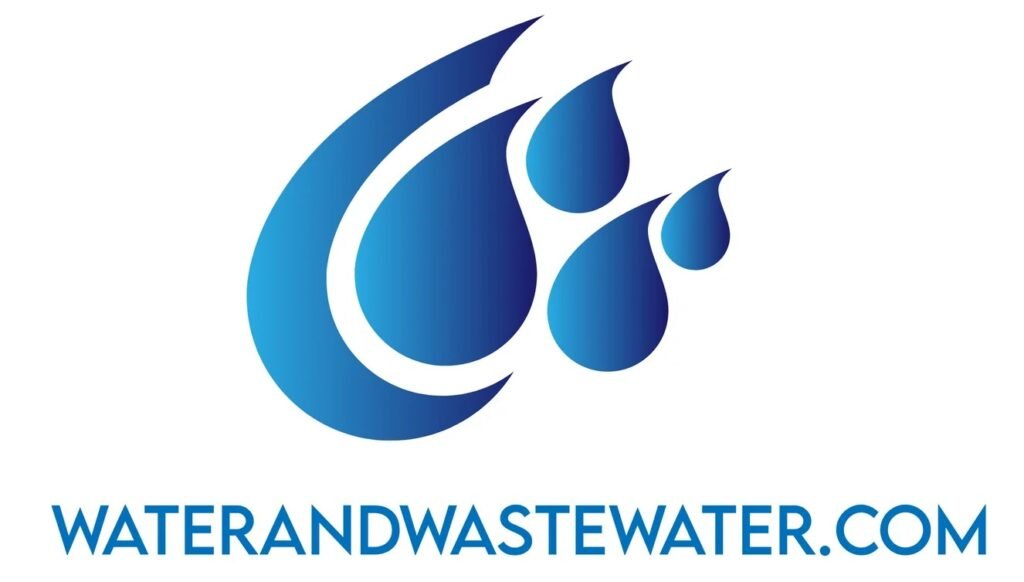Tag: methods
Albuquerque, the largest city in New Mexico, is home to a vibrant community and a robust infrastructure that supports its populace. Among the critical infrastructures essential for maintaining the health and welfare of Albuquerque’s residents, the Albuquerque Collection System stands out. This wastewater management system is a complex network designed to efficiently collect and treat […]
Chemical Precipitation in Wastewater Treatment: An In-Depth Exploration Water is indispensable for life; its purity is critical to both human health and the environment. However, industrial activities, agricultural practices, and the daily functions of modern society generate significant amounts of wastewater contaminated with various pollutants. Efficiently treating this wastewater before it returns to natural […]
Pervaporation for Water Purification: A Comprehensive Guide Introduction Water is an indispensable and irreplaceable resource that sustains life on Earth. With increasing global population, industrialization, and climate change, the availability of clean drinking water has become a critical issue. Addressing this challenge requires innovations in water purification technologies. Among various methods, pervaporation has […]
Water is our planet’s most precious resource, and its preservation and purification are crucial for sustaining life. In urban settings like Charlotte, North Carolina, managing wastewater is a monumental task that involves state-of-the-art technology, dedicated personnel, and a relentless commitment to environmental stewardship. This article takes an in-depth look at Charlotte Water’s wastewater treatment plants, […]
The Charlotte Water Mallard Creek Wastewater Treatment Plant (WWTP) stands as a vital facility in the highly urbanized ecosystem of Charlotte, North Carolina. This extensive wastewater treatment plant plays a critical role, overshadowed by the rapid urban and suburban expansion, supporting the water treatment needs of thousands of residents and businesses. A deep dive into […]
Water quality monitoring is crucial for maintaining public health, environmental sustainability, and industrial processes. Traditional methodologies, while effective, often suffer from limitations including time-consuming procedures, the need for sophisticated laboratory equipment, and the inability for real-time analysis. Enter optofluidic water quality monitoring—a cutting-edge solution combining the principles of optics, microfluidics, and nanotechnology to enable rapid, […]
The Evolution of Water Treatment: Unveiling the Potential of Ceramic Membranes Water scarcity, pollution, and the increasing global demand for clean water have driven scientific and technological advancements in water treatment. Ceramic membranes have emerged as a promising technology in the quest for improved water purification methods. This comprehensive article explores the advantages, applications, […]
Bissell Point Wastewater Treatment Plant: An Integral Component of St. Louis’ Environmental Health The Bissell Point Wastewater Treatment Plant is a cornerstone of the Metropolitan St. Louis Sewer District, playing a crucial role in ensuring clean water for the region. Established in the mid-20th century, Bissell Point has evolved to become one of the […]
Nanocellulose-Based Water Purification: The Future of Sustainable Clean Water Solutions Introduction Water is the cornerstone of life, vital for human survival, economic development, and ecological health. As global populations expand and industrial activities scale up, the demand for clean water has never been higher. Conventional water purification technologies, including chemical treatments and membrane […]
The Centrifuge Dewatering Process: An In-Depth Exploration Dewatering is an essential process in various industries, ranging from wastewater treatment to mining and food processing. Among the various techniques for dewatering, one of the most advanced and effective methods is centrifuge dewatering. This article provides a comprehensive overview of the centrifuge dewatering process, exploring its […]
